Usinagem CNC é popular por seu recurso de automação. Não só acelera a velocidade. Mas também promove alta precisão e exatidão. além disso, é usado em muitas aplicações em muitos setores. Então, quando falamos sobre usinagem CNC e seus produtos de saída. Também consideramos os materiais que utilizamos para o processo de usinagem CNC. Neste artigo, we will explore the different materials ideal for CNC machining, the factors to consider when selecting materials, and tips for optimizing material choices for your projects.
Different Categories of Material in CNC Machining
CNC machining is a versatile process capable of working with a wide array of materials. While metal and plastic are the most commonly used materials, CNC machining can also accommodate materials such as ceramics, madeira, e materiais compósitos. Each material category has distinct advantages and challenges, which make it important to choose the right one depending on the application.
Categories of Materiais de usinagem CNC:
- Metais– Commonly used in industries like aerospace, automotivo, and medical devices due to their durability and strength.
- Plásticos– Popular in the consumer goods and medical industries, where lightweight, corrosion-resistant parts are needed.
- Compósitos– Used in specialized industries such as aerospace and sports equipment manufacturing, offering high strength-to-weight ratios.
- Wood and Ceramics– Used for specialized and low-volume production, typically for artistic or unique products.
Types of Metal Materials for CNC Machining and Examples
Metals are the go-to material for most CNC machining operations due to their strength, resistência ao calor, and ability to endure heavy loads. Abaixo, we explore the most commonly used metals in CNC machining.
Alumínio
Aluminum is one of the most commonly used metals in CNC machining. Its advantages include a low density, alta relação resistência-peso, e excelente usinabilidade. Ligas de alumínio, como 6061 e 7075, are widely used in industries requiring lightweight but strong materials, como aeroespacial, automotivo, e eletrônicos de consumo. It’s corrosion-resistant and offers excellent surface finishes, making it suitable for both functional and aesthetic parts.
Aço inoxidável
Stainless steel is known for its corrosion resistance, dureza, e alta resistência. It’s often used in medical devices, aeroespacial, and marine applications. While stainless steel has superior resistance to corrosion, its hardness can make it challenging to machine. Common grades of stainless steel used in CNC machining include 303, 304, e 316.
Carbon Steel and its Alloys
Carbon steel is widely used due to its excellent machinability, força, e acessibilidade. It is especially favored for applications requiring robust mechanical properties like structural components, engrenagens, e fixadores. No entanto, carbon steel’s lack of corrosion resistance limits its applications in harsh environments unless coated.
Copper and its Alloys
Copper is chosen for its high thermal and electrical conductivity. It’s often used in electrical components like wiring and connectors, as well as in cooling systems. Latão e bronze, alloys of cobre, offer improved machinability and corrosion resistance, making them ideal for manufacturing precision components like gears, rolamentos, e conectores.
Titânio
Titanium offers an exceptional combination of strength and lightweight properties. It’s widely used in high-performance industries, including aerospace and medical implants. No entanto, titanium is difficult to machine due to its toughness, so specialized tooling and machining processes are required.
Magnésio
Magnesium is one of the lightest metals, making it a suitable choice for applications that require reduced weight, such as automotive and aerospace. Magnesium’s properties also make it excellent for high-temperature applications. No entanto, its flammability during machining poses a challenge.
Types of Plastic Materials for CNC Machining and Examples
While metals dominate CNC machining, plastics are gaining traction, especially for applications where lightweight, durabilidade, and flexibility are necessary. The following plastics are frequently used in CNC machining:
Acrílico (PMMA)
Acrílico, or PMMA, is widely used for its optical clarity and rigidity. It is often used as a substitute for glass in applications such as windows, displays, and signage. Acrylic is versatile but prone to cracking, especially under high stress, which must be considered during machining.
Polipropileno (PP)
Polypropylene is known for its chemical resistance and fatigue strength. It’s commonly used in medical applications and consumer goods. No entanto, its tendency to soften at high temperatures makes it challenging to machine in some cases.
Acetal (POM/Delrin)
Acetal is known for its superior strength, moisture resistance, e excelente usinabilidade. It’s frequently used in precision components like gears and bearings due to its ability to maintain its shape even under heavy loads.
Nylon
Nylon is a strong, durável, and impact-resistant material used in numerous applications, including bearings, engrenagens, e componentes elétricos. It also has low friction, making it a common choice for parts exposed to wear.
abdômen
ABS is an affordable plastic with good machinability, resistência à tracção, and impact resistance. It’s used in producing automotive parts, protective enclosures, e protótipos. ABS is also highly colorable, making it a good choice for aesthetic applications.
UHMW-PE
Ultra-high-molecular-weight polyethylene (UHMW-PE) is highly resistant to wear and abrasion, making it suitable for applications like bearings, engrenagens, and sliding surfaces. Although it can be difficult to machine, its exceptional properties make it a valuable material for high-stress environments.
Policarbonato (computador)
Polycarbonate is known for its excellent impact resistance and optical clarity. It is often used in high-temperature applications, as well as in the production of electronic components, dispositivos médicos, e peças automotivas.
Polietherethertone (OLHADINHA)
PEEK is a high-performance plastic with outstanding chemical resistance, força mecânica, e estabilidade dimensional, making it ideal for use in extreme environments such as aerospace, processamento de alimentos, and oil and gas.
Cloreto de Polivinila (PVC)
PVC is a low-cost plastic with excellent machinability. It’s used in applications requiring resistance to chemicals and high impact, such as plumbing systems, electrical fittings, e componentes automotivos.
Quick View: CNC Machining Material Chart
Here’s a quick overview of common CNC materials, their key properties, and some examples of where they’re used.
| Tipo de material | Material | Propriedades principais | Aplicativos comuns | Notas & Codes |
| Metal | Alumínio | Leve, resistente à corrosão, Excelente máquina | Aerospace frames, partes automotivas, eletrônicos, construção | Al 1050, Al 6061, Al 7075 |
| Aço inoxidável | Forte, resistente à corrosão, resistente ao calor | Medical equipment, marinho, outdoor enclosures | SS 303, SS 304, SS 316 | |
| Aço carbono | Força elevada, Excelente máquina | Mechanical fasteners, Componentes estruturais | 1018, 4130, 4140 | |
| Cobre | Great thermal/electrical conductivity, maleável, resistente à corrosão | Electrical wire, magnetic devices, joia | Cu, Cu + Zn, Cu + Be | |
| Titânio | Alta relação resistência-peso, resistente à corrosão | Aeroespacial, militares, biomedical parts | Ti Grade 1, Ti Grade 2 | |
| Magnésio | Light, excellent thermal properties | Componentes do motor, automotivo, aeroespacial | mg, Liga de magnésio | |
| Plástico | Acrílico (PMMA) | High optical clarity, rígido, durável | Sinalização, light fixtures, partes automotivas, bens de consumo | PMMA-Acrylic, PMMA-High Temp |
| Nylon (PA6) | Forte, durável, resistente a impactos, good for wear-resistance | Engrenagens, rolamentos, partes automotivas | PA6, PA66, Nylon 6-6 | |
| Policarbonato (computador) | Shatter-resistant, resistente ao calor, Clareza óptica | Dispositivos médicos, partes automotivas, electronic components | computador, computador + Glass Fill | |
| OLHADINHA | High chemical resistance, maintains stiffness at high temperatures | Aeroespacial, dispositivos médicos, Componentes semicondutores | OLHADINHA | |
| abdômen | Boa usinabilidade, resistente a impactos, resistência à tracção | Gabinetes, prototipagem rápida, partes automotivas | abdômen, ABS-High Temp | |
| Composite | Fibra de carbono | Força elevada, leve, high stiffness | Aeroespacial, automotivo, equipamento esportivo | PRFC, CRP, CFRTP |
What Is the Most Used Machining Material?
Quando se trata de usinagem CNC, metal and plastic are the most commonly used materials. No entanto, if we had to pick one, alumínio takes the top spot.
Why Is Aluminum So Popular?
- Fácil de usinar– It cuts smoothly without excessive wear on tools.
- Lightweight yet strong– Ideal for industries like aerospace and automotive.
- Resistente a corrosão– Great for outdoor and high-moisture applications.
- Acessível– Compared to titanium or stainless steel, aluminum is budget-friendly.
- Reciclável– Eco-friendly and widely available.
Other Popular Materials for CNC Machining:
- Aço– Strong, durável, and used in heavy-duty applications.
- Latão– Excellent for precision parts and electrical components.
- Plástico (abdômen, POM, Nylon)- leve, acessível, and great for prototypes.
What Material Is Easiest to Machine?
If you’re looking for a material that cuts like butter, latão is one of the easiest to machine.
Why Is Brass So Easy to Machine?
- Soft and smooth– It cuts cleanly without chipping.
- Baixa fricção– Reduces heat buildup, so it doesn’t damage tools.
- Great surface finish– Needs little to no post-processing.
- Doesn’t work-harden– Unlike stainless steel, brass stays easy to machine.
Other Easy-to-Machine Materials:
- Alumínio– Almost as easy as brass but stronger.
- Plásticos (abdômen, POM, Nylon)– These cut quickly and don’t dull tools.
- Aço suave– Softer than stainless steel and easier to cut.
Which Material Is Difficult to Machine?
Alguns materiais eat up cutting tools, cause excessive heat, or require special techniques para máquina. O most challenging materials to work with include titânio, Inconel, e aço endurecido.
Why Are These Materials Hard to Machine?
- Titânio– High strength-to-weight ratio makes it tough, but it also generates a lot of heat, causing tool wear.
- Inconel (Liga de níquel)– Used in aerospace and high-heat applications, this metal is extremely hard and resists cutting.
- Aço Endurecido– It’s great for durability but requires slow speeds, special tooling, and coolant to machine effectively.
- Fibra de carbono & Compósitos– These can fray, rachadura, or produce harmful dust when machined.
Tips for Machining Hard Materials:
✔ Uso carbide or diamond-coated tools for longer tool life.
✔ Apply refrigerante to prevent overheating.
✔ Uso slow speeds and proper feed rates to reduce tool wear.
✔ Consider specialized CNC machines designed for hard metals.
If your project requires ultra-durable peças, these materials are worth the challenge, mas be prepared for longer machining times and higher costs.
Key Factors for CNC Machining Materials Selection
How do you make sure you’re choosing the best material? There are several important factors to consider, and understanding these can help you make more informed decisions.
Part Applications
The first thing to think about is what your part will actually be used for. Different materials are better suited to different applications. Por exemplo, if you’re creating parts for the aerospace industry, you’ll need materials that are lightweight yet strong, como titânio ou alumínio. Por outro lado, if you’re making parts for a food processing system, you might need a material that’s resistant to high temperatures and harsh chemicals, como aço inoxidável ou OLHADINHA plástico.
Each material has its strengths and weaknesses, and you want to match the material’s properties to the demands of the application. Understanding the environment your part will function in—whether it will face high pressure, temperaturas extremas, or constant wear and tear—can guide you to the right material choice.
Peso da peça
The weight of your part plays a significant role in material selection. For parts that need to be light and easy to handle (like components in the automotivo ou aeroespacial indústrias), you’ll need materials with a low density, como alumínio ou titânio. These materials are not only lightweight but also durable and strong.
Em contraste, if your part will need to support heavy loads, you’ll want a material that is denser and stronger, como aço. Understanding the weight requirements of your part helps ensure that it performs as expected without unnecessary material costs or processing time.
Part Accuracy and Tolerance
Accuracy is often one of the most critical aspects when choosing a material. Some materials are easier to machine to precise dimensions than others. Por exemplo, alumínio is generally easier to machine to tight tolerances compared to tougher materials like titânio ou Aço carbono. The more difficult a material is to machine, the higher the cost and time it will take to achieve the desired precision.
If your part requires high accuracy and tight tolerances, be prepared to work with materials that are harder to machine or that may require additional processes (like heat treatment or specialized tooling). Make sure to factor in the level of precision required when choosing a material, as it will directly affect your machining costs and timelines.
Part Properties
Think about the properties your part needs to have. Por exemplo:
- Força: Does your part need to withstand heavy loads? Materials like açoou titânio provide excellent strength.
- Resistência à corrosão: Will your part be exposed to moisture or chemicals? Considerar aço inoxidávelou alumínio.
- Estabilidade térmica: Is your part going to be exposed to high temperatures? Cerâmicae titânio are great for heat resistance.
Each material has specific properties that make it ideal for particular environments and uses. Ao selecionar um material, consider how these properties will help your part function well in its intended application.
Product Aesthetics
Às vezes, the way a part looks is just as important as how it performs. Por exemplo, em bens de consumo ou eletrônicos, the appearance of the part can play a major role in consumer acceptance. Materials like plásticos (por exemplo., abdômen ou policarbonato) can be easily molded and colored to meet design specifications.
Por outro lado, metais como aço inoxidável e alumínio can also provide a sleek, modern look. If aesthetics are a big concern, make sure to choose materials that can either be easily finished or already have the look you’re aiming for.
Surface Finish Options
When machining a part, the surface finish is important for both its appearance and functionality. Alguns materiais, como alumínio ou aço inoxidável, are easier to polish and finish, enquanto outros, como Aço carbono or certain plastics, may require additional finishing steps to achieve the desired look or smoothness.
Surface finishes also play a role in the performance of the part. Por exemplo, parts that will be used in high-friction environments (such as gears or bearings) will need a finish that reduces wear, while parts used in medical or aerospace applications may require a smooth, polished surface for functionality and aesthetic reasons.
Maquinabilidade
Some materials are easier to machine than others, which can affect both the cost and the time it takes to produce the part. Softer materials like alumínio e plásticos are easier to machine and can reduce tooling wear and overall production time. Por outro lado, harder materials like titânio ou tungstênio are more difficult to machine, exigindo ferramentas especializadas, additional time, and potentially higher costs.
If your project has strict deadlines or budget constraints, it’s important to consider the machinability of the material, as choosing a material that’s too difficult to machine can significantly increase the time and cost of production.
Custo
Cost is always a factor in material selection. While it’s tempting to go for the highest-performance material, it may not always be the most cost-effective choice. Materials like alumínio are generally more affordable and offer a good balance between machinability, força, e durabilidade, making them a popular choice. No entanto, high-performance materials like titânio ou OLHADINHA can be much more expensive, both in terms of material costs and machining time.
Before deciding on a material, make sure you balance performance with cost. Às vezes, a less expensive material will perform just as well for your application, allowing you to save on both material costs and machining expenses.
Tips When Using CNC Processes to Machine Different Materials
Choose the Right Tools for the Job
Not all cutting tools are created equal. Different materials require different types of tools to achieve the best results. Por exemplo, harder metals like titânio e aço inoxidável will need carbide or ceramic tools because they can withstand the heat and stress of cutting harder materials. For softer materials like alumínio ou plásticos, you can often get away with using high-speed steel tools.
- Dica: Always match your tool material to the material you’re machining. This helps in reducing tool wear and ensures smoother cuts.
Control Cutting Speed and Feed Rate
Cutting speed and feed rate are crucial to achieving the desired results. If the cutting speed is too fast for a certain material, it can cause the tool to wear out faster, overheat, or even break. Por outro lado, if the feed rate is too slow, it can lead to inefficient machining and increased production time.
- Dica: For softer materials like alumínio, use faster cutting speeds and higher feed rates. For harder materials like titânio ou aço, reduce the cutting speed and feed rate to avoid excessive heat buildup and tool wear.
Use o refrigerante certo
Using coolant during CNC machining is essential to reduce heat buildup and prevent damage to both the tool and the workpiece. Different materials generate different levels of heat, so the type of coolant and the amount used can vary.
- Dica: Usar water-based coolants for softer materials like alumínio e plásticos, as they can help prevent thermal damage. For harder materials like aço inoxidável e titânio, you might want to use oil-based coolants for better cooling and lubrication.
Pay Attention to Material Thickness
The thickness of the material you’re machining affects how quickly and efficiently your CNC machine can cut through it. Thicker materials, especially metals like Aço carbono e aço inoxidável, will require more powerful machines and stronger tools to get through them. Por outro lado, thinner materials like plásticos ou aluminum sheets will require less power and can be machined more quickly.
- Dica: Always adjust your cutting depth and tool paths depending on the material thickness. For thicker materials, reduce the depth of each cut to avoid straining the machine and tooling.
Consider Material Properties Before Choosing a Machining Strategy
Each material has its own set of characteristics—some are more brittle, others are more flexible, and some can expand or contract when exposed to heat. Understanding these properties will help you determine the best machining strategy for the material.
- Dica: For materials prone to warping, como plásticos como PVC ou acetal, use lower cutting speeds and avoid deep cuts to minimize the material’s movement. For materials like titânio, which expand due to heat, use a slower feed rate and ensure your machine is well-calibrated to avoid any distortions.
Garanta a propriedade adequada do trabalho
Holding your material securely in place is critical, especially when machining complex shapes. If the workpiece is not properly held, it can move during machining, leading to poor tolerances, surface imperfections, or even damaged parts. Some materials are more prone to deformation or shifting, so they need extra care.
- Dica: Use strong and reliable workholding fixtures, como grampos ou vacuum chuck systems, to hold your parts in place securely. For softer materials like plásticos, use softer workholding methods to avoid damaging the part.
Choose the Right CNC Machine
Not every CNC machine is suitable for every material. Materiais mais suaves, como alumínio, can be easily machined with standard 3-axis CNC machines. No entanto, harder materials, como titânio ou aço, may require 5-Máquinas CNC do eixo for more flexibility and better precision.
- Dica: For intricate or highly detailed cuts in tough materials, consider using 5-usinagem do eixo CNC. This type of machine will allow for more angles of attack and better control of the cutting process.
Surface Finish Matters
The finish on the surface of your machined part can make a huge difference, both in terms of aesthetics and functionality. Alguns materiais, como alumínio e aço inoxidável, will have a naturally smooth surface finish after machining, enquanto outros, como plásticos ou titânio, may require additional post-machining processes like polimento ou anodização to achieve the desired finish.
- Dica: Always keep the desired surface finish in mind when selecting a material. If a shiny or smooth finish is needed, ensure that the material you choose is conducive to that kind of finish. Alguns materiais, como latão ou aço inoxidável, can be polished easily, enquanto outros, como bronze, might require extra steps.
Account for Material Cost and Availability
Material cost is always a key consideration. Titânio e aço inoxidável, while excellent for certain applications, can be much more expensive than materials like alumínio ou latão. Adicionalmente, some materials are more readily available than others, which could affect lead times.
- Dica: Choose materials that fit within your project budget. Se aço inoxidável is over your budget, considerar alumínio ou Aço carbono as alternatives for less critical parts.
Understand the Environmental Impact
Some materials have a significant environmental impact, either through mining, processamento, or disposal. Materials like plásticos, if not recycled properly, can contribute to waste. No entanto, metals like alumínio e aço inoxidável are often highly recyclable.
- Dica: Sempre que possível, choose materials that are recyclable or have a minimal environmental impact. Alumínio, por exemplo, is widely recycled and has a lower environmental footprint compared to materials like plástico.
Get the Right CNC Machining Material for Your Projects
Choosing the right material is crucial for your CNC machining project. If you are unsure which material is best suited for your needs, consider seeking professional advice from CNC machining service providers who offer extensive material options and expertise.
What Are the Cost Implications of Different Machining Materials?
Choosing the right material for CNC machining isn’t just about strength and performance—it also affects your budget. Some materials are cheap and easy to machine, while others are expensive and require special tools or extra processing time.
What Drives the Cost of Machining Materials?
- Raw Material Price- Alguns materiais, like aluminum, are widely available and affordable, enquanto outros, Como titânio, are much more expensive.
- Maquinabilidade– Softer materials (like brass and aluminum) machine faster, reducing labor and tool wear. Materiais duros (like stainless steel or Inconel) require slower machining and special tools, increasing costs.
- Desgaste da ferramenta– Some materials dull cutting tools quickly, leading to higher tooling costs.
- Scrap and Waste– Harder materials may result in more waste due to tool breakage or machining errors.
- Finishing Requirements– Some metals, like brass, naturally look great, enquanto outros, like carbon steel, require coatings or polishing, adding extra cost.
Cost Comparison of Common Machining Materials
| Material | Raw Material Cost | Custo de usinagem | Total Cost Impact | Melhores casos de uso |
| Alumínio | Baixo | Baixo | $$ | Aeroespacial, automotivo, eletrônicos |
| Latão | Médio | Very Low | $$ | Peças de precisão, encanamento, elétrico |
| Aço inoxidável | Médio | Alto | $$$ | Médico, processamento de alimentos, partes resistentes à corrosão |
| Titânio | Muito alto | Muito alto | $$$$$ | Aeroespacial, implantes médicos |
| Aço carbono | Baixo | Médio | $$ | Partes estruturais, ferramentas |
| Plásticos (abdômen, POM, Nylon) | Baixo | Very Low | $ | Protótipos, Componentes leves |
| Inconel (Liga de níquel) | Extremely High | Extremely High | $$$$$$ | Motores a jato, extreme heat applications |
How to Balance Cost and Performance
✅ Go for aluminum or brass if you want acessível, easy-to-machine materials.
✅ Use plastics for low-cost prototypes that don’t need high strength.
✅ Consider stainless steel when corrosion resistance is crucial, but be prepared for higher machining costs.
✅ Titanium and Inconel são premium materials—use them only when absolutely necessary due to their high price and machining difficulty.
💡 Dica profissional: If your part doesn’t need extreme strength or heat resistance, stick with aluminum or mild steel to save on both material and machining costs.
Conclusão
CNC machining is an incredibly versatile manufacturing process that accommodates a wide range of materials. Whether you’re working with metals, plásticos, ou compósitos, the key to success is selecting the right material based on the part’s application, propriedades, and machining requirements. By understanding the material properties and machining challenges, you can optimize the material selection process, reduzir custos, and achieve high-quality parts.
Perguntas frequentes
- What are the factors to be considered when selecting a CNC material?
Consider part application, peso, precisão, propriedades, e custo.
- Which aluminum alloy is best for CNC machining?
Aluminum 6061-T6 is commonly used for CNC machining due to its excellent machinability and strength.
- Which plastics are most machinable?
Acetal, OLHADINHA, and PVC offer great machinability and dimensional stability.
- What is the hardest metal to mill?
Titanium is one of the hardest metals to mill, often requiring specialized tooling and techniques.

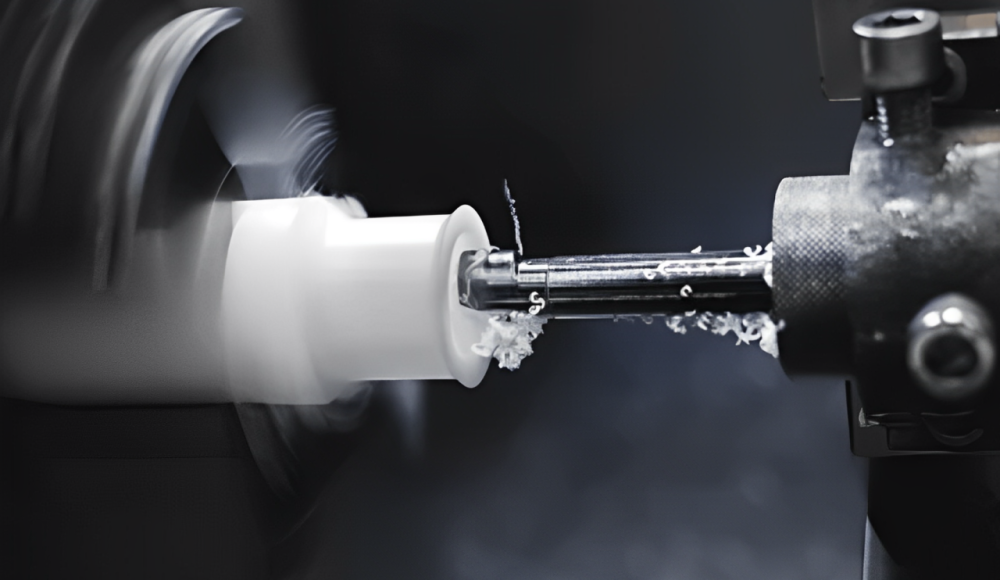

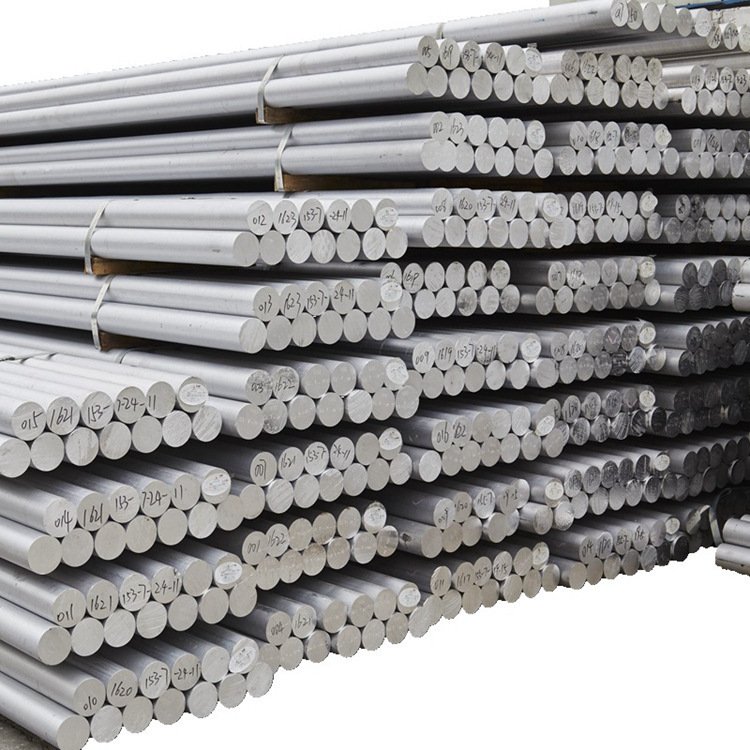
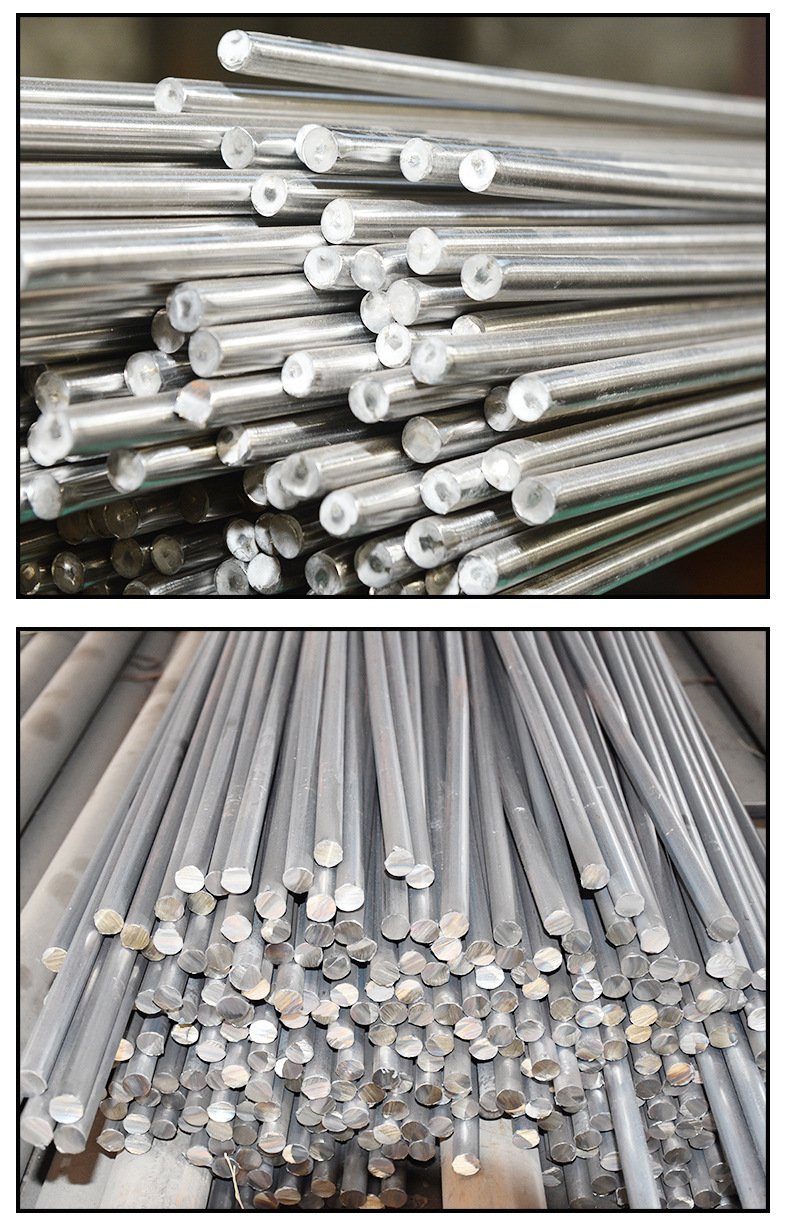
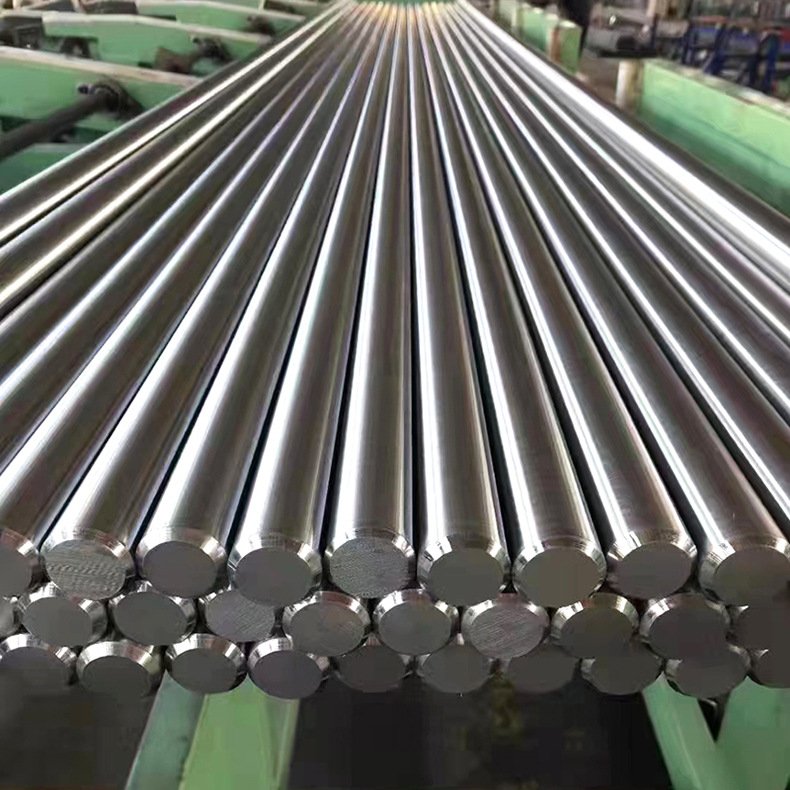
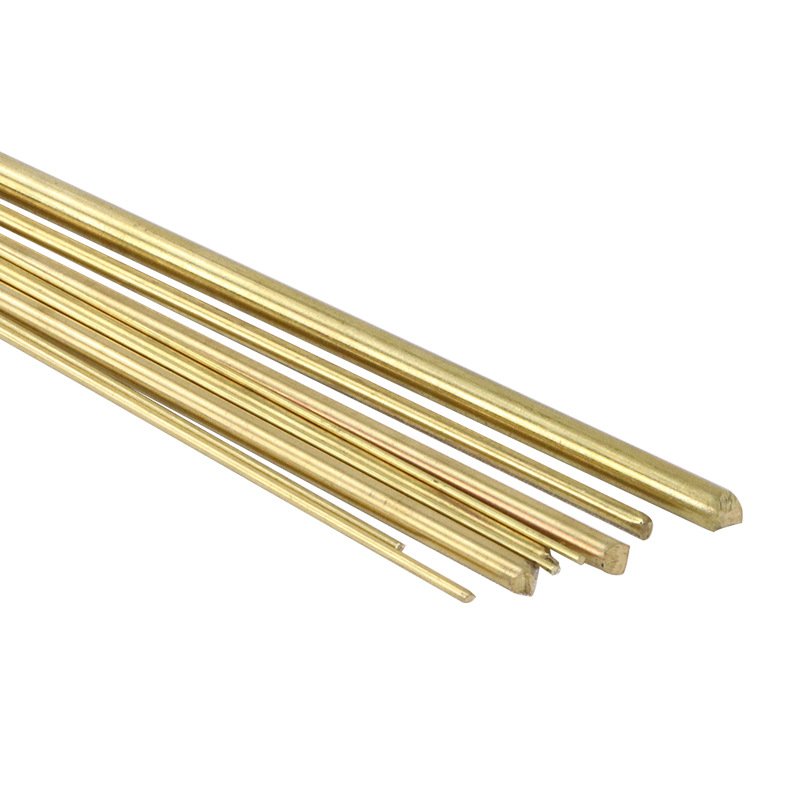


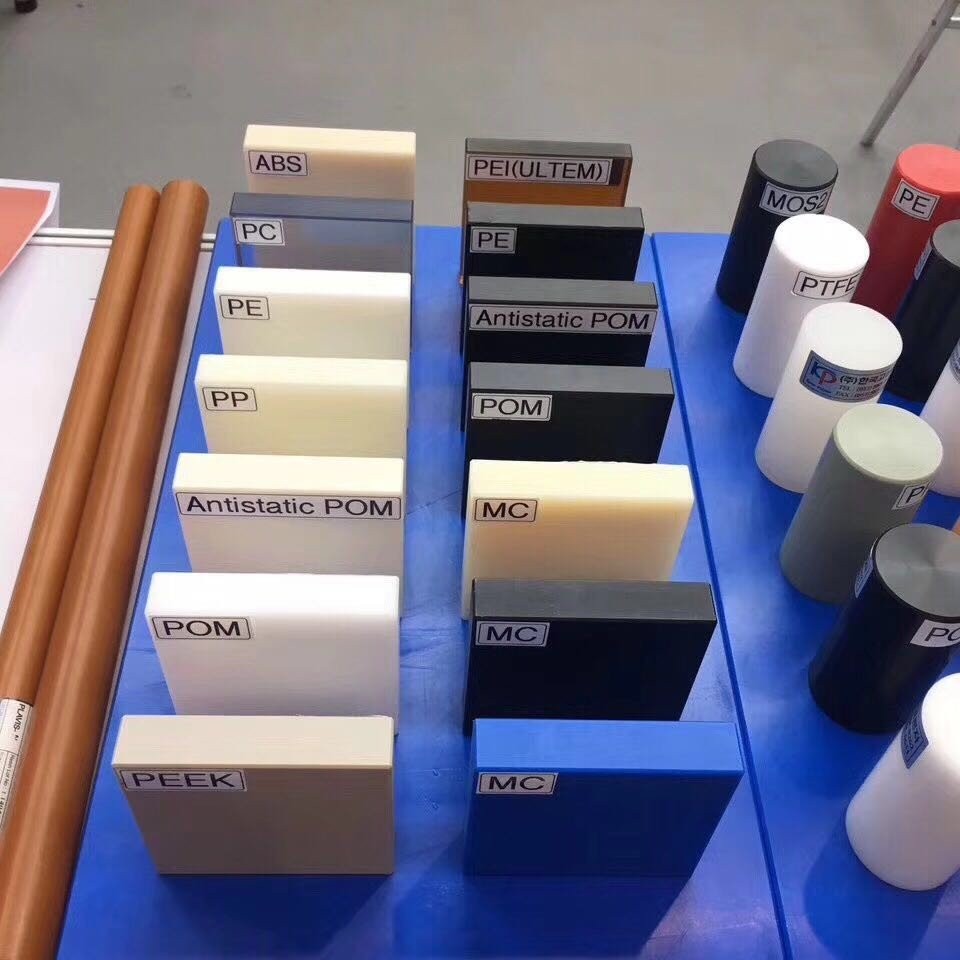


1 pensei em “Materiais de usinagem CNC, Tudo o que você precisa saber”